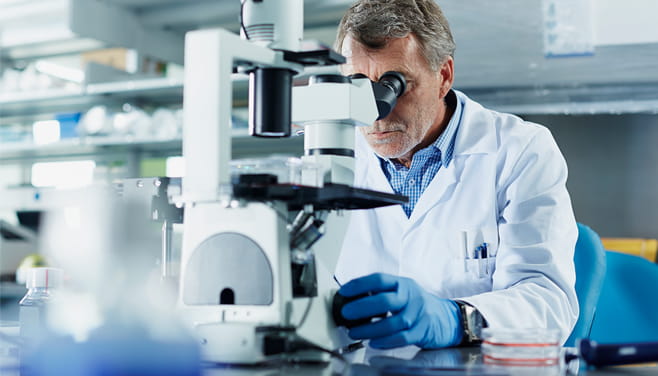Muscular Dystrophy (MD)
Let Us Help You Find a Doctor
Let Us Help You Find a Doctor
U.S. PATIENTS:713.790.3333
Find a Specialist Near You
Houston Methodist’s specialized MD neurology team supports you at every stage of your journey. In partnership with the MDA, we provide the most innovative and advanced treatments to help you achieve a more active, better quality of life.
Houston Methodist is internationally recognized as a leader in muscular dystrophy (MD) diagnosis, treatment and research. We partner with the Muscular Dystrophy Association (MDA) to provide more patients with genetic testing, precise diagnoses and the latest treatment innovations — including clinical trial therapies not widely available at other centers.
Our multidisciplinary MD team combines decades of experience and leading-edge clinical research to accelerate treatments for this progressive neuromuscular condition. We provide the latest therapies to proactively address the physical, neurological and emotional aspects of the 30-plus types of MD, helping you improve your mobility and well-being.
Houston Methodist is internationally recognized as a leader in muscular dystrophy (MD) diagnosis, treatment and research. We partner with the Muscular Dystrophy Association (MDA) to provide more patients with genetic testing, precise diagnoses and the latest treatment innovations — including clinical trial therapies not widely available at other centers.
Our multidisciplinary MD team combines decades of experience and leading-edge clinical research to accelerate treatments for this progressive neuromuscular condition. We provide the latest therapies to proactively address the physical, neurological and emotional aspects of the 30-plus types of MD, helping you improve your mobility and well-being.
Diagnosing & Treating MD
Find Clinical Trials
Find Patient Resources
Houston Methodist is leading the way in new research to find innovative treatment options.
Get information to prepare for your visit, as well as answers to frequently asked questions.
Choose a Doctor at One of Our Locations
FILTERS:
Clear All Filters


